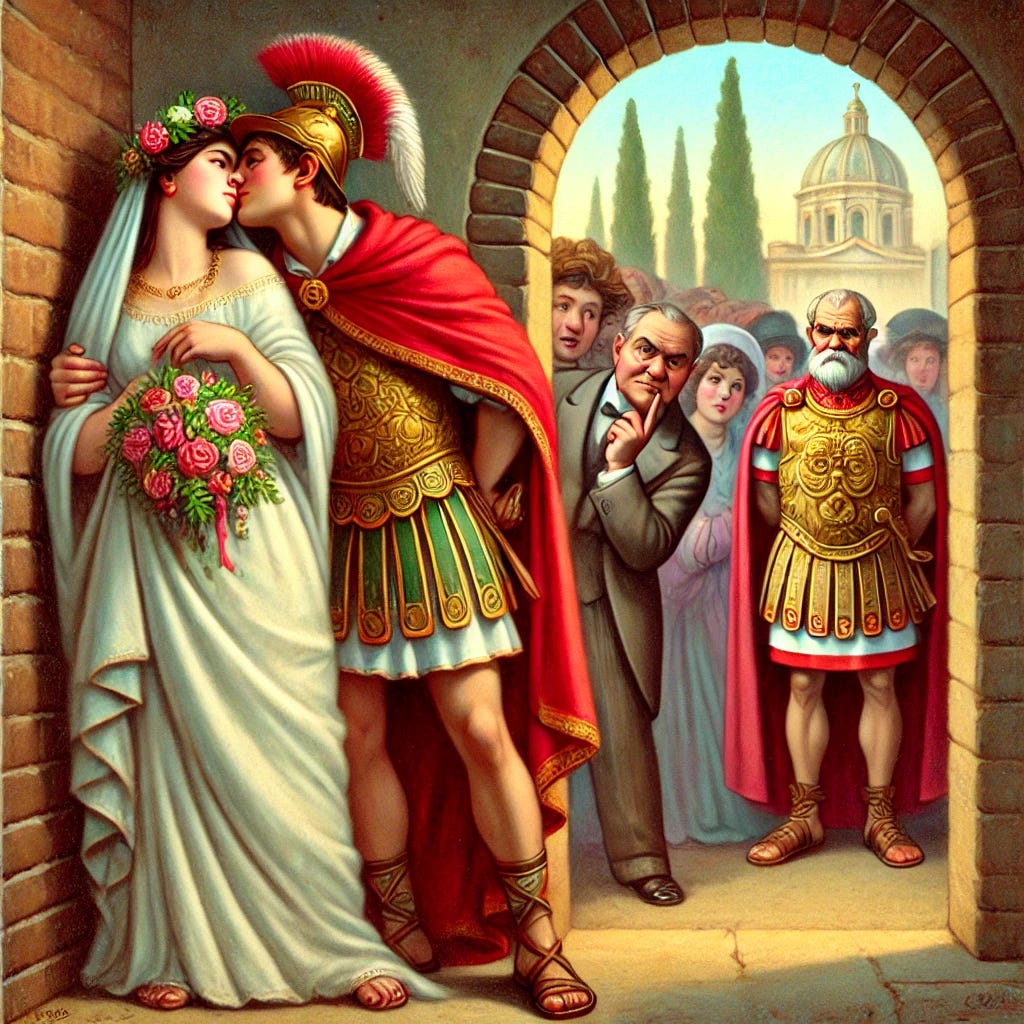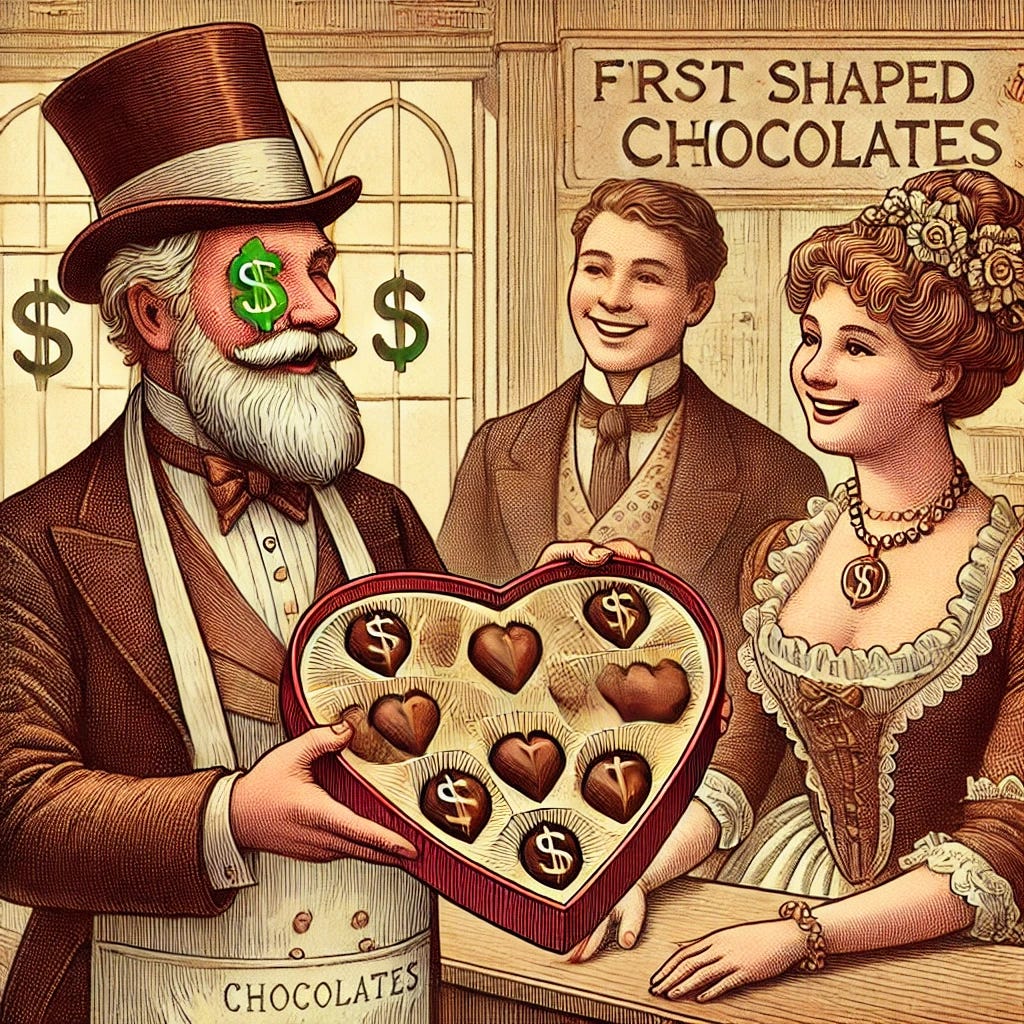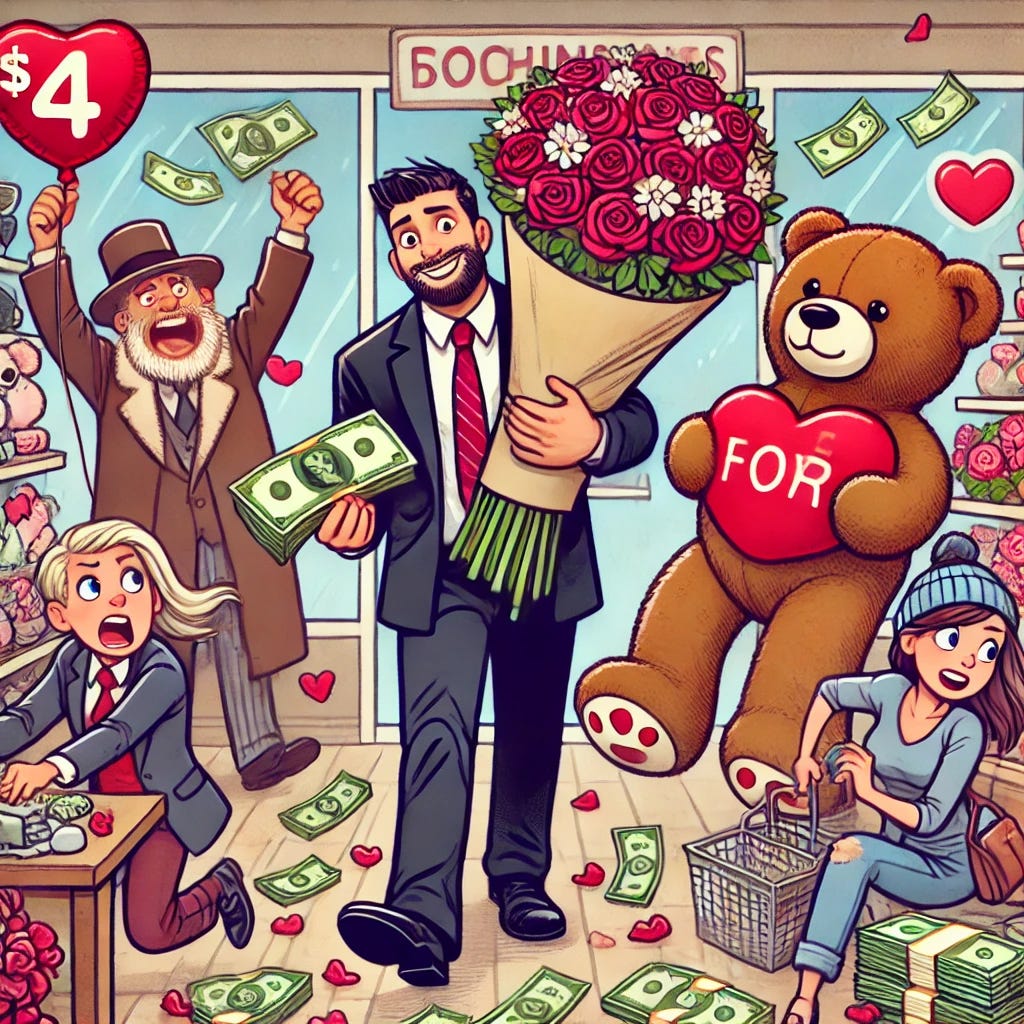Valentine's Day, that annual celebration of love, chocolate, and overpriced greeting cards, is a holiday shrouded in mystery, romance, and a fair amount of commercial conspiracy. But where did it all begin? Was it a sweet and tender occasion created by poets and lovers, or did something more ridiculous set it in motion? Spoiler alert: It’s a bit of both.
The (Possibly Made-Up) Legend of Saint Valentine
There are at least three different Saint Valentines in the Catholic roster, and all of them were martyred, which doesn’t exactly scream “romantic.” The most famous one, however, is said to have been a priest in 3rd-century Rome who performed secret weddings for young couples. The reason? Emperor Claudius II banned marriage for young men, believing that single men made better soldiers.
Valentine, a hopeless romantic—or just really into breaking imperial laws—continued secretly marrying couples. For this crime of love, he was thrown in jail, where he promptly fell in love with the jailer’s daughter. Before his execution, he allegedly wrote her a note signed, “From your Valentine,” thus inventing both the Valentine’s Day card industry and the first-ever recorded case of Stockholm Syndrome.
Medieval Matchmaking Madness
The holiday didn’t really take off until the Middle Ages, when people believed that birds started choosing their mates on February 14. Yes, our ancestors decided that since pigeons were locking down their romantic partners, humans ought to do the same. Geoffrey Chaucer, the medieval poet and noted trendsetter, mentioned Valentine’s Day in a poem1, and suddenly, knights and damsels were all about exchanging handwritten love notes (because obviously, nothing says eternal devotion like scribbled ink on parchment that will eventually disintegrate).
The Rise of Capitalism (or How Chocolate Took Over Love)
Fast-forward to the 19th century, when the printing press ensured mass-produced greeting cards replaced handwritten love notes. Enter Richard Cadbury, a British chocolatier who had an epiphany: Why not put chocolate in heart-shaped boxes and convince everyone that giving sugar-coated cocoa to a loved one was the pinnacle of romance? The plan worked brilliantly, and now we live in a world where failing to purchase heart-shaped confections in mid-February is grounds for relationship counseling.
Modern Valentine's Day: Love or Capitalist Trap?
Today, Valentine’s Day is a global spectacle featuring grand gestures, expensive dinners, and panicked last-minute gift shopping. The pressure to celebrate has reached such ridiculous heights that even single people are included—with the invention of Galentine’s Day (thanks, Parks and Recreation) and Singles Awareness Day, because nothing says “empowered and independent” like buying yourself a discount box of chocolates on February 15.
In conclusion, Valentine’s Day has come a long way from its murky origins, evolving from an act of rebellion against an emperor’s no-marriage policy to a day where florists make their annual profits in a 24-hour window. Whether you love it, hate it, or use it as an excuse to eat an entire box of truffles, there’s no escaping it. So, go forth and embrace the madness—after all, it’s what Saint Valentine (whichever one he was) would have wanted.
Parliament of Fowls (1382). The relevant verse is:
"For this was on seynt Valentynes day,
Whan every foul cometh ther to chese his make."
In modern English, this translates to:
"For this was on Saint Valentine’s Day,
When every bird comes there to choose his mate."
Chaucer was referring to the belief that birds began pairing off for mating around mid-February, which helped establish the association between Valentine's Day and romance.







